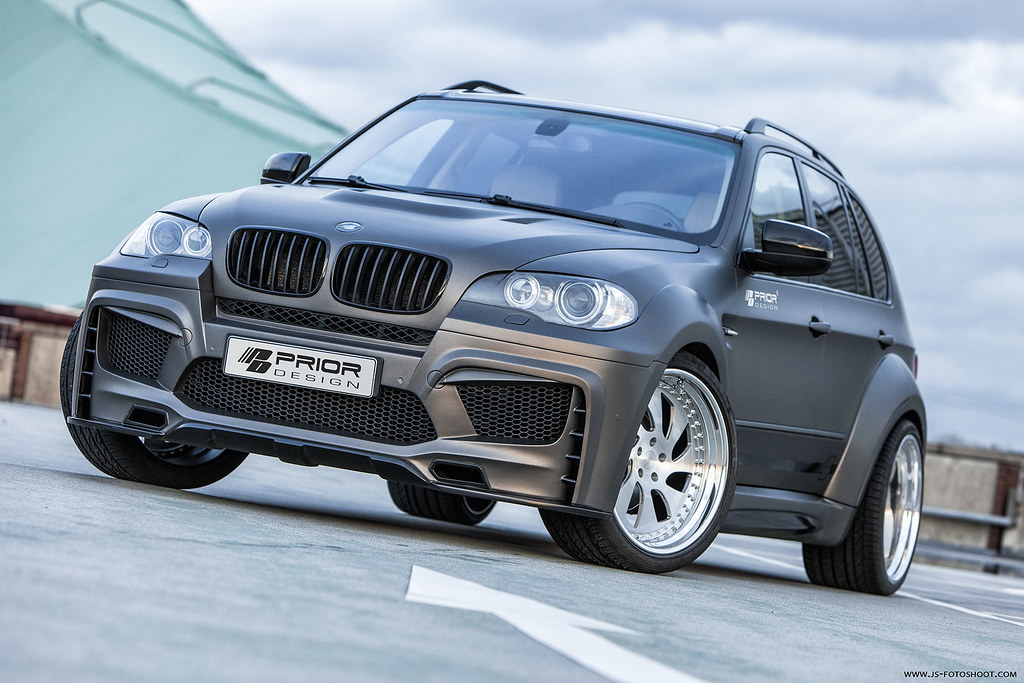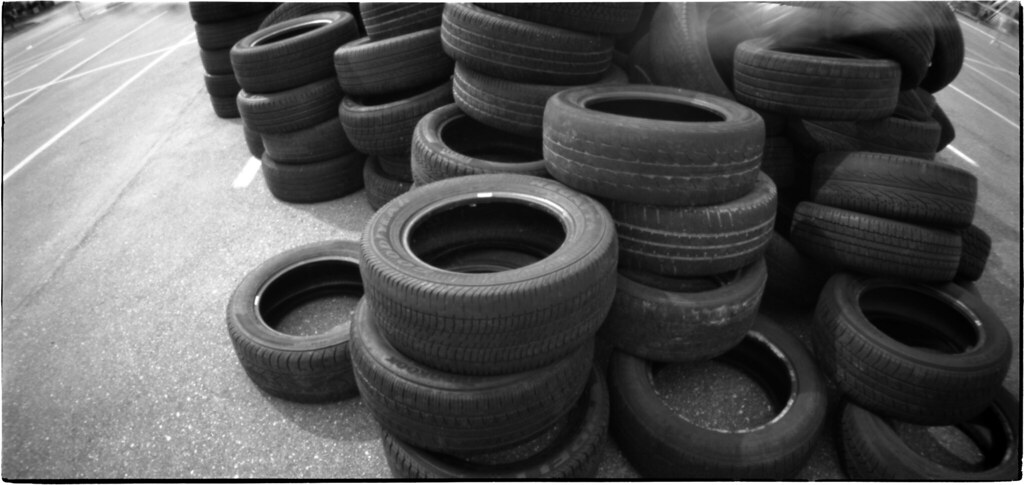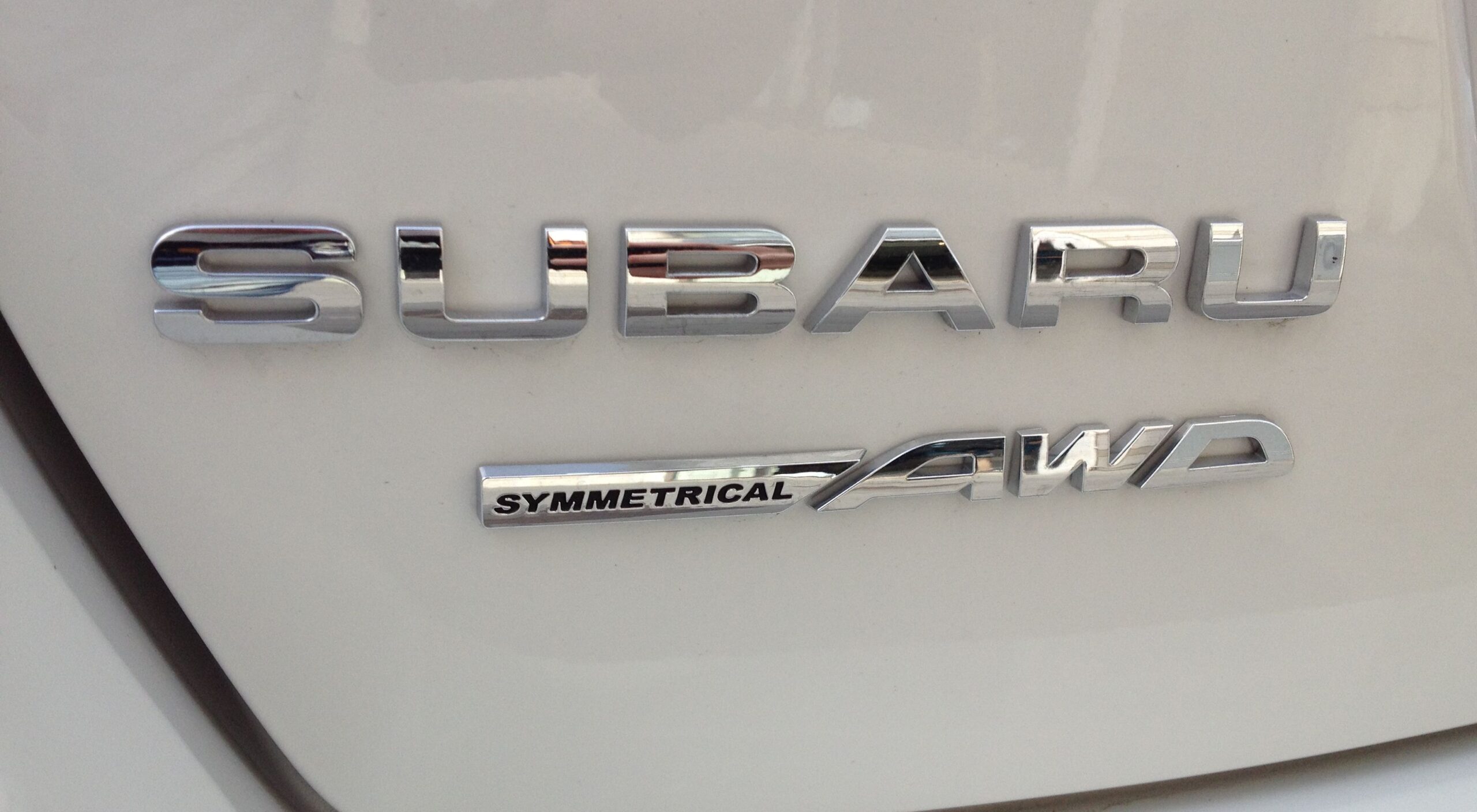
For over half a century, Subaru has cultivated a reputation synonymous with capability, reliability, and an adventurous spirit. At the very core of this identity lies its Symmetrical All-Wheel Drive (SAWD) system, a feature so central to the brand that it has become a benchmark in the automotive world. Unlike many all-wheel-drive systems that serve as mere add-ons, Subaru’s SAWD is an integral part of the vehicle’s fundamental design, engineered from the ground up to deliver a distinct driving experience. It’s a testament to thoughtful engineering, providing enhanced traction and stability that has garnered a loyal following, especially among those who face challenging road conditions or seek the thrill of off-road exploration.
What truly sets Subaru’s SAWD apart is its unique approach to power distribution and vehicle balance. While other manufacturers like Mercedes-Benz with their 4MATIC, Audi with Quattro, or BMW with xDrive also offer robust AWD solutions, Subaru’s system consistently distinguishes itself through its symmetrical layout and full-time engagement. This isn’t just a marketing term; it represents a deeply considered engineering philosophy that aims to provide constant traction and stability, working proactively to prevent slippage rather than merely reacting to it. This article will take an in-depth look at what Symmetrical AWD truly means, how it works, its various sophisticated iterations, and the tangible benefits it brings to the driver.
From understanding the foundational principles of its unique engine placement to exploring the nuances of its diverse system variants, we will unveil the engineering prowess that underpins Subaru’s legendary AWD. Whether you’re a long-time Subaru enthusiast, a curious driver, or simply someone looking to understand the mechanics behind superior vehicle performance, prepare to delve into the intricate world of Symmetrical All-Wheel Drive. We’ll examine how this system not only improves traction and stability but also contributes to a vehicle’s overall handling, safety, and responsiveness, ensuring a secure and dependable ride across a multitude of driving scenarios.
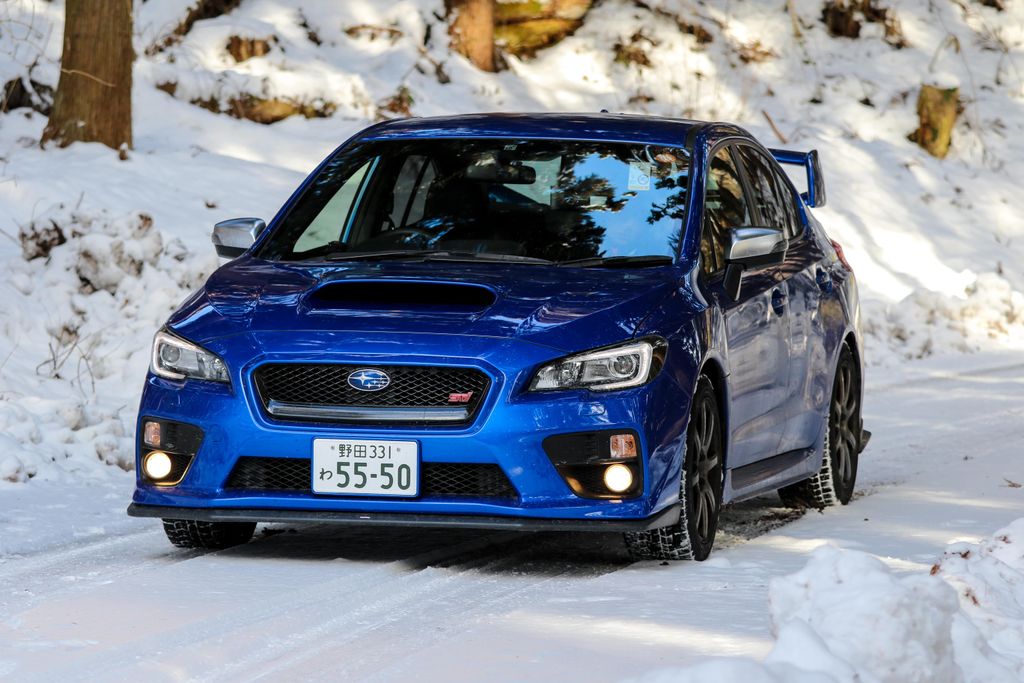
1. **What is Subaru Symmetrical AWD (SAWD)?**Subaru’s Symmetrical All-Wheel Drive (SAWD) is a pivotal feature, engineered as a foundation of stability and performance for vehicles navigating diverse driving scenarios. At its heart, this innovative system is designed to evenly distribute power across all four wheels, thereby ensuring consistent traction and significantly enhanced handling. It’s not just about getting power to all wheels; it’s about *how* that power is delivered – in a balanced and predictable manner that optimizes vehicle traction and stability under varying conditions.
This distinctiveness stems from its core design, which features a longitudinally mounted boxer engine paired with a symmetrically designed drivetrain. This unique configuration isn’t merely for aesthetics; it’s a fundamental engineering choice that minimizes vibrations and dramatically boosts stability. The strategic alignment of the drivetrain precisely along the vehicle’s centerline grants exceptional balance and agility, a characteristic that proves invaluable, especially when encountering challenging weather conditions such as heavy snow or pouring rain. It collectively fosters a safer and smoother driving experience, augmenting the vehicle’s responsiveness and underscoring the technology’s significance for those who prioritize a secure and dependable ride.
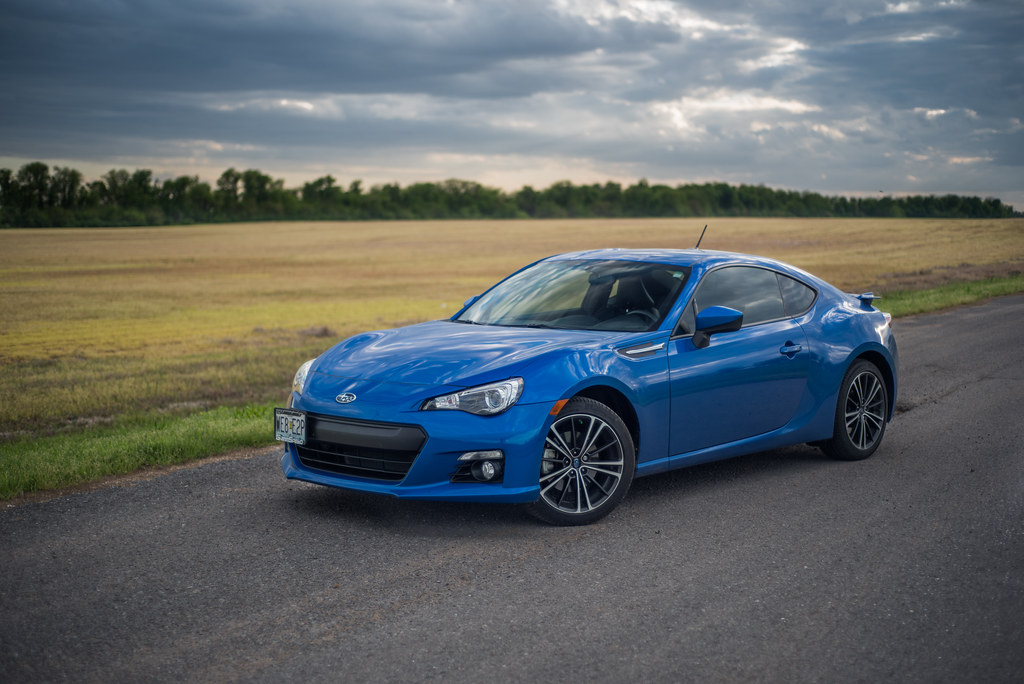
2. **How SAWD Works: The Core Principles of Symmetry**The ‘symmetry’ part of Subaru’s AWD system is precisely what makes it unique and provides its foundational advantages. Unlike most AWD vehicles, which often utilize a transverse-mounted engine suited for front-wheel drive car designs where the engine is positioned sideways with the transmission beside it, Subaru takes an entirely different approach from the outset. This conventional layout typically creates an off-center differential, necessitating complex power redirection to reach the axles, which can lead to inefficiencies, power loss, and slower response times.
Subaru’s Symmetrical AWD, in contrast, positions its signature boxer engine flat and low in a horizontally opposed design, perfectly along the vehicle’s centerline. This setup inherently lowers the car’s center of gravity, which is a significant advantage for handling and stability. Furthermore, this arrangement allows the transmission to sit directly behind the engine, while the driveshafts and suspension components on both sides are identical in length. This meticulous engineering ensures an even weight distribution across the vehicle, which, in turn, guarantees direct and highly efficient power delivery to all four wheels, contributing to a predictable and refined driving experience.
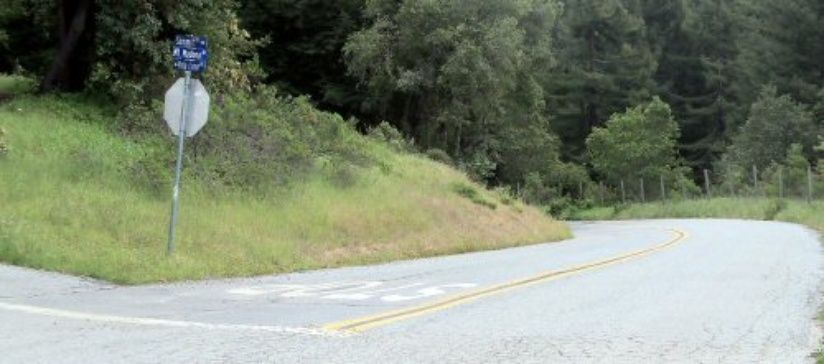
3. **SAWD’s Full-Time Operation: Preventing Slippage Before It Starts**One of the most defining characteristics and key aspects of Subaru’s Symmetrical AWD system is its full-time, continuously engaged operation. Many competing AWD systems default to either front-wheel or rear-wheel drive and only activate power distribution to all four wheels once traction loss is detected. While this “on-demand” approach can be effective in moments of need, it often results in a split-second delay before full power is distributed and traction is regained, potentially impacting control during critical driving situations.
Subaru’s system, however, completely eliminates this delay by keeping the AWD system engaged at all times, constantly supplying power to all four wheels. This ensures that power is instantly available, proactively distributing it to maximize traction and maintain control in a wide array of conditions. Whether you’re navigating dry pavement, encountering unexpectedly icy roads, or traversing loose gravel, this uninterrupted traction provides enhanced stability and confidence, working to prevent slipping before it even occurs, rather than merely reacting once it has already begun.
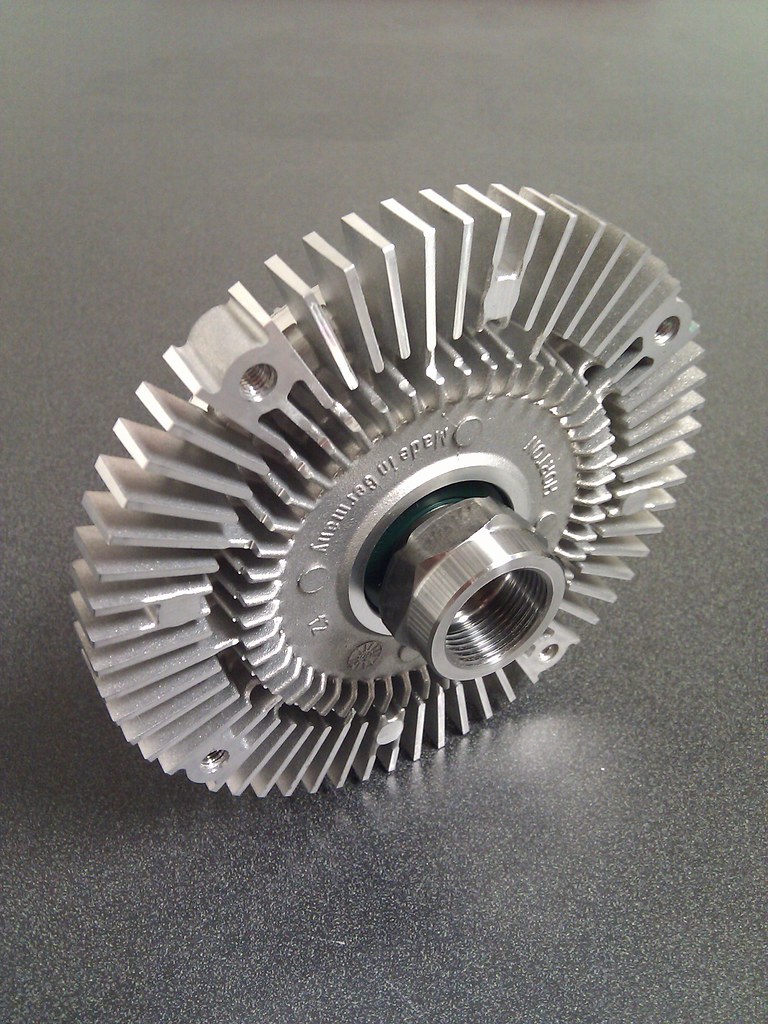
4. **The Viscous Coupling AWD System: Manual Transmissions’ Reliable Companion**Among the variations of Subaru’s Symmetrical AWD, the viscous coupling AWD system represents its most basic and mechanically straightforward iteration. This particular system is exclusively found in Subaru models equipped with manual transmissions, making it a reliable choice for drivers who prefer a more direct and engaging connection with their vehicle. Despite its simplicity compared to more electronically controlled counterparts, it is a robust and highly effective solution for ensuring consistent traction and stability.
In this setup, power is mechanically split 50:50 between the front and rear axles as a default, ensuring an even distribution of torque under normal driving conditions. When wheel slip is detected, the viscous coupling at the center differential reacts by directing torque to the wheels that maintain the most traction, effectively compensating for the loss of grip. While its operation is reactive, meaning it adjusts power only when traction is already compromised, its design is celebrated for its mechanical reliability and its ability to provide steady, dependable performance, making it a solid foundation for Subaru’s AWD offerings in manual variants.
Car Model Information: 2015 Dodge Challenger SXT Plus
Categories: All articles with unsourced statements, Articles with short description, Articles with unsourced statements from February 2020, Lists of automobile transmissions, Short description is different from Wikidata
Summary: Subaru motor vehicles have used manual, conventional automatic, and continuously variable (CVT) transmissions. Subaru manufactures its own manual and CVT transmissions (for non-Kei cars). Since the 2014 model year, the conventional automatic transmissions in North American-spec Subaru vehicles have been replaced with Lineartronic CVTs (with one exception : the BRZ)
Get more information about: List of Subaru transmissions
Buying a high-performing used car >>>
Brand: Subaru Model: manual transmission models
Price: $16,467 Mileage: 95,860 mi.
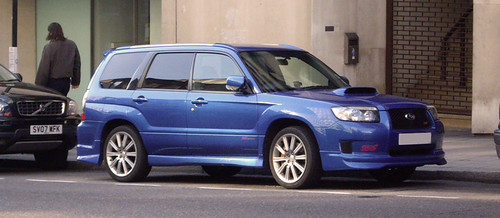
5. **Active Torque Split (ATS) AWD: The Dynamic Choice for Most CVTs**The Active Torque Split (ATS) AWD system is the next most popular option within the Subaru Symmetrical AWD family, and it is primarily utilized in most Continuously Variable Transmission (CVT)-equipped Subarus, with the notable exception of the WRX sedan. This system represents a more dynamic and responsive approach to power distribution compared to the purely mechanical viscous coupling system, leveraging electronic control to optimize traction in real time. It was first introduced in 1987 for the Subaru XT and has since evolved significantly.
This system defaults to a 60:40 front-to-rear torque bias under normal conditions, favoring the front wheels for efficiency. However, the true brilliance of ATS AWD lies in its continuous adjustability. It constantly monitors real-time sensor data from various vehicle components, including the throttle, transmission, engine control unit, and wheel speed sensors. Based on this input, it can instantaneously adjust the torque distribution, dynamically sending power to where it’s needed most and seamlessly shifting the bias up to an even 50:50 split between the front and rear axles. This proactive and continuous adjustment provides a much smoother and quicker response, enhancing both stability and performance across a wider range of driving conditions.
Car Model Information: 2024 Subaru Legacy Touring XT
Name: Subaru XT
Manufacturer: Subaru
Production: 1985–1991
Assembly: Subaru#Manufacturing facilities,Ota, Gunma
Class: Sports car
BodyStyle: coupé
Related: Subaru Leone
Successor: Subaru SVX
Layout: front-engine, front-wheel-drive layout,Front-engine, four-wheel-drive layout
Transmission: Automatic transmission,4-speed automatic,Manual transmission
Wheelbase: Convert
Length: Convert
Width: Convert
Height: Convert
Engine: Subaru EA engine#EA-82,Subaru ER engine
Aka: Subaru Alcyone (Japan),Subaru Vortex (Australia & New Zealand)
Designer: Tetsuya Hayashi, Kiyoshi Sugimoto, Hiroshi Yako (interior)
Categories: 1980s cars, 1990s cars, All-wheel-drive vehicles, All articles needing additional references, Articles needing additional references from November 2022
Summary: The Subaru XT is a two-door, front or all-wheel drive, four passenger 2+2 coupé manufactured and marketed by Subaru from 1985 till 1991, with a facelift in 1987. When the XT debuted, it was the most aerodynamic car in the US market.
Marketed as the Alcyone in Japan; as the Vortex in Australia and New Zealand; and as the XT (with the EA-82 four-cylinder engine) or XT6 (with the ER-27 six-cylinder engine) in North America and Europe, all XT cars were assembled at Subaru’s Yajima Plant in Ota, Japan. Over its single generation, production reached just over 98,000.
The XT was conceived in the United States for the US market, and thus debuted globally in the US. After sales began in February 1985 in the US, the XT Turbo 4WD’s debuted in Europe at the March 1985 Geneva Motor Show, followed by its Japanese debut in June 1985.
The XT was noted for its pronounced wedge shape, low coefficient of drag; aviation influences from the aircraft division of parent company Fuji Heavy Industry; and its host of features, either innovative or uncommon in the XT’s class — including height-adjustable pneumatic suspension, digital dash, central locking system, op-art upholstery, fold down rear seat, pod- and center console-mounted HVAC controls, advanced trip computer, and instrument cluster which tilted with adjustment of the steering column. With available front-wheel drive or four-wheel drive, depending on the model year, the XT offered three trim levels, DL, GL (non-turbo, front-drive only), and GL-10 Turbo.
The Alcyone name was derived from Alcyone, the brightest star in the Pleiades star cluster, which is also included in the Subaru logo with some stylisation. The model was succeeded by the Subaru Alcyone SVX in 1992.
Get more information about: Subaru XT
Buying a high-performing used car >>>
Brand: Subaru Model: XT
Price: $32,998 Mileage: 16,060 mi.
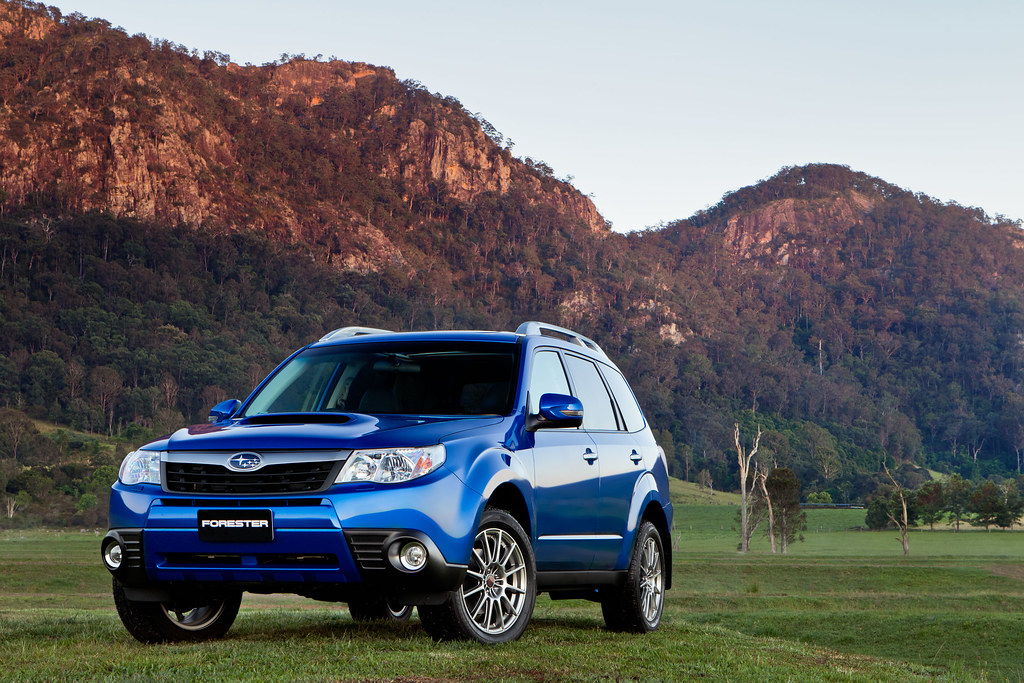
6. **Variable Torque Distribution (VTD) AWD: Performance Tuning for the WRX**For those seeking a more performance-oriented driving experience, Subaru offers the Variable Torque Distribution (VTD) AWD system. This sophisticated variant is exclusively found in CVT-equipped WRX models, signaling its specialized role in enhancing spirited driving dynamics. The VTD system made its debut with the 1991 Subaru SVX, initially featuring a 36% front and 64% rear torque split. Later implementations, however, shifted to a 45:55 front-to-rear bias, consciously favoring the rear wheels.
This rear-biased torque distribution is a critical element in minimizing understeer, a common characteristic in AWD vehicles during hard acceleration or aggressive cornering, thereby significantly enhancing handling. The VTD AWD system employs a multi-plate clutch in conjunction with planetary gears in the center differential and a viscous coupling rear differential to meticulously distribute torque. This intricate collaboration allows for dynamic adjustment of power, distributing it up to an even 50:50 split between the front and rear axles when necessary. Furthermore, with the integration of Vehicle Dynamics Control (VDC), the system gains the advanced capability to send virtually all torque to a single wheel, maximizing grip and control in extreme situations.
Car Model Information: 2017 Subaru WRX STI Base
Name: Subaru WRX
Caption: 2022 Subaru WRX GT
Aka: Subaru Impreza WRX (1992–2014)
Production: 1992–2014 (Impreza-based models),2015–present (standalone models)
Assembly: Ōta, Gunma
Layout: Front-engine, four-wheel-drive layout
Manufacturer: Subaru
Related: Subaru Levorg,Subaru WRX STI
Class: Sport compact
BodyStyle: Sedan (automobile)
Categories: 2020s cars, All-wheel-drive vehicles, All articles with unsourced statements, Articles with short description, Articles with unsourced statements from August 2020
Summary: The Subaru WRX is an all-wheel drive sport compact car manufactured by the Japanese automaker Subaru, originally based on the Impreza created for the World Rally Championship in 1992. Subaru claimed the name WRX stands for “World Rally eXperimental”. Starting with the 2015 models, the WRX lineup has been split from the Impreza, with a different body style that is not offered as an optional hatchback/wagon, being introduced as the separate Levorg model.
Get more information about: Subaru WRX
Buying a high-performing used car >>>
Brand: Subaru Model: WRX
Price: $25,992 Mileage: 56,130 mi.

7. **Driver-Controlled Center Differential (DCCD) AWD: The Ultimate for WRX STI Enthusiasts**The pinnacle of Subaru’s Symmetrical AWD technology for enthusiasts was the Driver-Controlled Center Differential (DCCD) AWD system, exclusively available on the discontinued WRX STI. This highly advanced drivetrain represents the most sophisticated of the four primary variants, engineered to provide unparalleled control and a sport-focused driving feel that caters directly to performance drivers. Its design incorporates a complex array of differentials, offering a level of adjustability rarely seen in production vehicles.
At its core, the DCCD system operates with a default torque split of 41% front and 59% rear, leaning heavily on a rear bias. This specific distribution is ideal for a sporty driving experience, enhancing the car’s agility and responsiveness during aggressive maneuvers. The system utilizes a torque-sensing mechanical limited-slip differential (LSD) combined with an electronic LSD to precisely distribute torque. What truly sets DCCD apart is its dual operational modes: an automatic mode, where the system intelligently adjusts torque distribution, and a manual mode, which empowers the driver to modify the center differential lockup on the fly. This allows for precise tuning of power delivery based on real-time driving conditions and personal preference. Further enhancing its capability, the DCCD AWD system integrates a helical limited-slip differential in the front and a Torsen limited-slip differential in the rear, providing superior grip and control compared to the open differentials found in other systems. This sophisticated setup, combined with Active Torque Vectoring which helps with cornering by applying brakes to the inside wheel, truly delivers a driving experience optimized for performance enthusiasts.
Car Model Information: 2015 Dodge Challenger SXT Plus
Name: Subaru WRX STI
Caption: A Subaru WRX STI
Aka: Subaru Impreza WRX STI (1992–2014)
Production: Impreza
Assembly: Ōta, Gunma
Layout: Front-engine, four-wheel-drive layout
Manufacturer: Subaru
Engine: ubl
Transmission: ubl
Platform: Subaru SI Platform
Related: Subaru WRX
Class: Sport compact
BodyStyle: Sedan (automobile)
Categories: 2020s cars, All-wheel-drive vehicles, Articles with short description, Cars introduced in 2014, Cars powered by boxer engines
Summary: The Subaru WRX STI is a variant of the Subaru WRX sedan produced by in-house tuning company Subaru Tecnica International between 2014 and 2021. It succeeded the Subaru Impreza WRX STI. Production of the WRX STI concluded after its first generation, there are currently no plans for a VB WRX STI. STI also offers many factory-backed accessories usually available from dealerships, and accented in STI’s signature cherry blossom, a tribute to the iconic tree of the same name from the brand’s homeland of Japan.
Get more information about: Subaru WRX STI
Buying a high-performing used car >>>
Brand: Subaru Model: WRX STI
Price: $16,467 Mileage: 95,860 mi.
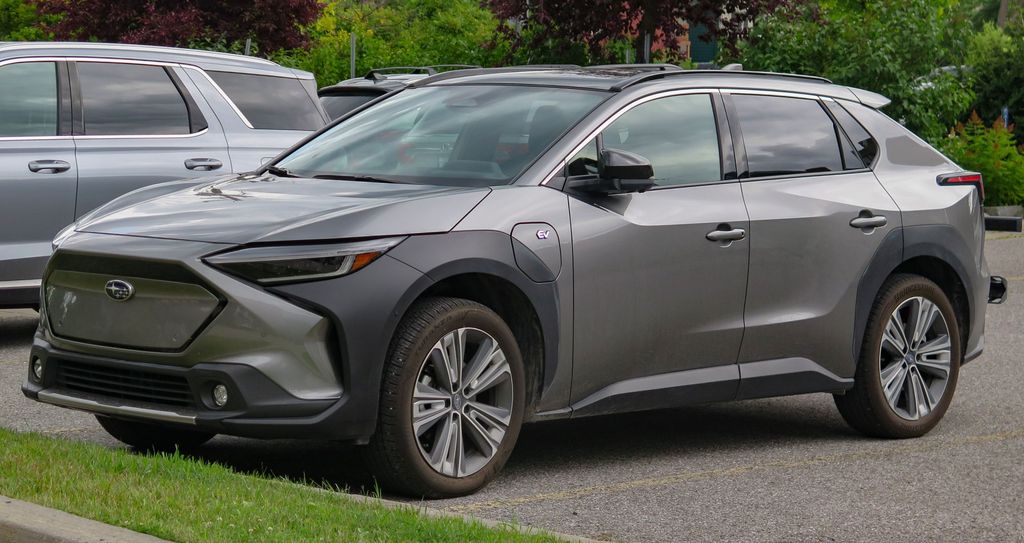
8. **The Electronic All-Wheel Drive System: Subaru’s Electric Future**As Subaru looks to the horizon of automotive innovation, its Symmetrical All-Wheel Drive lineage extends into the realm of electric vehicles with the Electronic All-Wheel Drive system. This represents a significant evolution, moving away from purely mechanical or hydraulically assisted systems to embrace a fully electrified approach. Found exclusively in the electric Solterra, this system showcases Subaru’s commitment to maintaining its core value of superior traction and stability, even as propulsion technology changes dramatically.
What makes this system truly unique within Subaru’s AWD family is its configuration: it operates with two independent electric motors, one strategically positioned on each axle. This design allows for incredibly precise and independent power delivery to the front and rear wheels, offering an unprecedented level of control and responsiveness. Each motor can instantly and individually adjust torque, providing immediate traction and dynamic handling that is perfectly suited to the demands of an electric powertrain, delivering power exactly where it’s needed without any mechanical linkages.
Car Model Information: 2024 Subaru Solterra Touring
Name: Toyota bZ4X
Caption: 2023 Toyota bZ4X AWD Limited (US)
Manufacturer: Toyota
ModelCode: EA10
Aka: unbulleted list
Production: April 2022 – present
ModelYears: 2023–present (North America)
Assembly: unbulleted list
Designer: Yung Joo Presciutti, Ken Billes, Shinya Minagawa, Yuki Takamatsu, and Hiroyuki Tada
Class: Compact crossover SUV
BodyStyle: SUV
Layout: unbulleted list
Platform: e-TNGA
Related: unbulleted list
Motor: unbulleted list
Transmission: BluE Nexus
Battery: unbulleted list
Range: unbulleted list
Charging: unbulleted list
Wheelbase: 2850 mm
Abbr: on
Length: 4690 mm
Width: 1860 mm
Height: 1650 mm
Weight: convert
Predecessor: Toyota RAV4 EV
Sp: us
Categories: All-wheel-drive vehicles, All Wikipedia articles written in American English, All articles containing potentially dated statements, All articles with unsourced statements, Articles containing Japanese-language text
Summary: The Toyota bZ4X, marketed as simply the Toyota bZ in North America since 2025, is a battery electric compact crossover SUV manufactured by Toyota. A Subaru version is marketed as the Subaru Solterra.
The vehicle debuted in April 2021 as the “bZ4X Concept”. It is the first vehicle to be based on the e-TNGA platform co-developed by Toyota and Subaru, and the brand’s first model to be part of their Toyota bZ (“beyond Zero”) series of zero-emissions vehicles.
Worldwide sales of the bZ4X started out in mid-2022, with production planned in Japan and China. Sales in the United States also started in 2022. When first introduced, Toyota said it would be the first of seven “bZ” models to be launched globally by 2025, however the company fell far short of that goal and began to move away from the bZ naming convention in 2025.
The model received a major refresh in 2025, initially for Europe and North America, with design updates and major mechanical improvements such as more efficient motors, improved cooling, and higher power output. For North America, the model was renamed to Toyota bZ. An extended length, station wagon-like version was also introduced as the bZ Woodland in North America, and as the bZ4X Touring in Europe. A Subaru version of the extended length version is marketed as the Subaru Trailseeker.
Get more information about: Toyota bZ4X
Buying a high-performing used car >>>
Brand: Subaru Model: Solterra
Price: $32,999 Mileage: 8,147 mi.
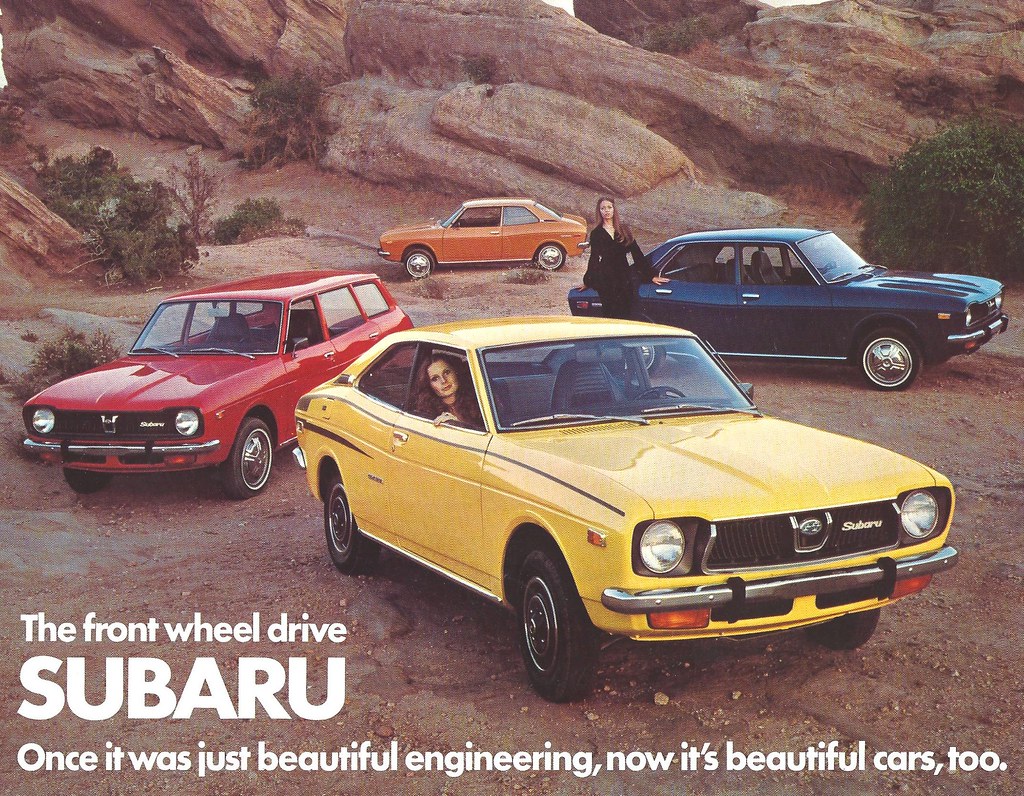
9. **Comprehensive Advantages: Why Symmetrical AWD Excels**The enduring appeal of Subaru’s Symmetrical All-Wheel Drive isn’t just marketing; it’s rooted in a tangible suite of performance benefits that consistently impress drivers. One of its most significant advantages is its always-engaged nature. Unlike many on-demand systems, SAWD continuously supplies power to all four wheels, ensuring that traction is instantly available without any delay. This proactive approach means the system works to prevent slippage before it even occurs, rather than merely reacting once grip has been compromised.
This continuous, balanced power distribution across all four wheels translates directly into a remarkably consistent and predictable driving experience. Drivers gain increased control and superior handling, especially when navigating corners or challenging maneuvers, because the power is divided evenly and intelligently. This inherent balance, a direct result of its symmetrical design, minimizes risks like oversteer or understeer, fostering a more secure and confidence-inspiring ride.
Furthermore, Symmetrical AWD significantly enhances a vehicle’s adaptability across a wide array of conditions. It truly excels off-road, providing stable traction over rough landscapes and ensuring that even if one or two wheels lose grip, the remaining wheels can compensate to maintain forward momentum. In adverse weather, such as heavy rain, snow, or ice, the system diligently adjusts power distribution to maintain optimal wheel grip, thereby enhancing overall vehicle reliability and ensuring a safer journey.
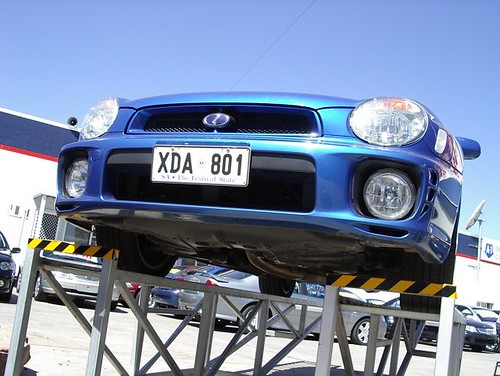
10. **Acknowledged Trade-Offs: Understanding the Drawbacks**While Subaru’s Symmetrical AWD offers a compelling array of benefits, it’s also important for consumers to understand its inherent trade-offs. One notable aspect, particularly when compared to some more advanced competitor systems, is its reliance on brake-based torque vectoring. This method improves handling by applying small amounts of braking force to a wheel that loses traction, thereby shifting power to the wheels with more grip. While effective, it’s not always as sophisticated as systems that can actively send more power to individual wheels without braking intervention.
Another significant consideration for drivers is the impact of full-time AWD on fuel efficiency. Because power is constantly sent to all four wheels, Subaru models typically consume more fuel than their two-wheel-drive counterparts. This increased consumption is primarily attributed to the additional weight of the AWD components and the energy required to continuously power all four wheels, a distinction from on-demand systems that only activate AWD when absolutely necessary.
Additionally, the very complexity that gives Symmetrical AWD its capabilities can lead to potentially higher maintenance expenses compared to simpler two-wheel-drive vehicles. The intricate drivetrain, including multiple differentials and various mechanical and electronic components, requires diligent upkeep. However, it’s worth noting that with regular and proper maintenance, the longevity and performance of Subaru’s AWD system can be remarkably good, effectively preserving the system’s robust benefits over many years of ownership.
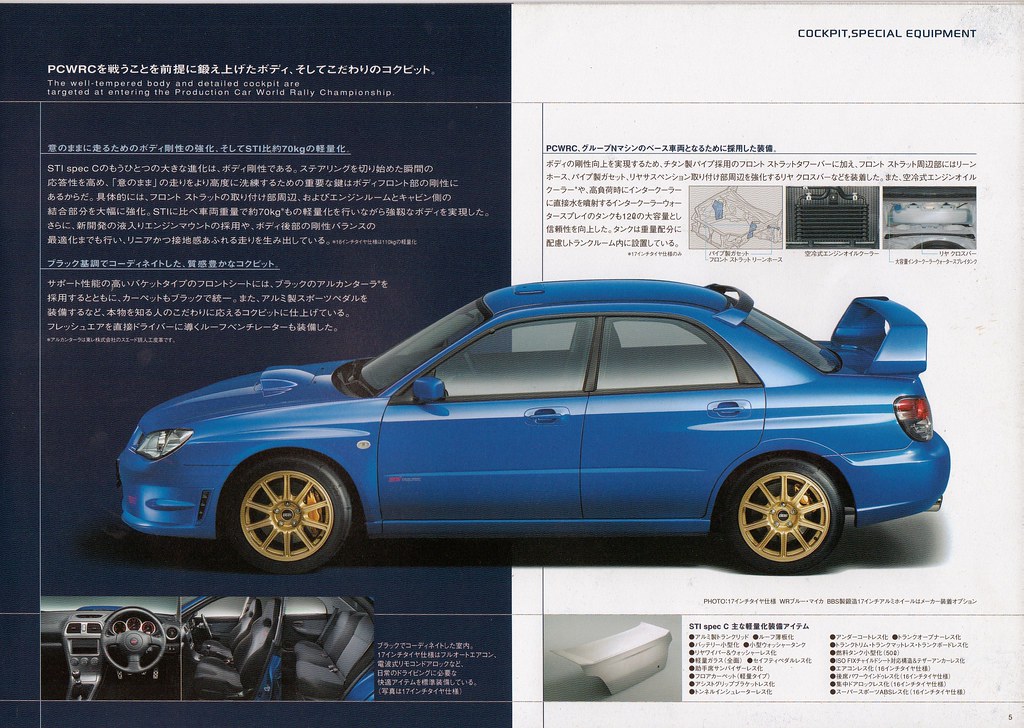
11. **A Legacy of Traction: The History of Symmetrical AWD**Subaru’s Symmetrical All-Wheel Drive system is not a recent innovation but rather the culmination of over half a century of dedicated engineering and development. This deep history has been instrumental in forging Subaru’s reputation for capability and adventurous spirit. The brand has, in fact, sold over 20 million SAWD-equipped vehicles worldwide, underscoring its pivotal role in the company’s global success and its widespread acceptance among drivers seeking dependable traction.
Subaru pioneered its AWD journey with the debut of the Subaru Leone 4WD Estate Van in Japan in September 1972, featuring an optional part-time mechanical four-wheel drive system. This early success soon led to its introduction in the United States in 1975 with the DL/GL wagon, which was notably the first mass-market “on-demand” 4WD system. This early foray into accessible all-wheel drive captured the attention of outdoor enthusiasts and set the stage for Subaru’s future dominance in this segment.
The system continued its evolution, with the first full-time SAWD system making its appearance in 1986 on the automatic non-turbocharged version of the Subaru XT. An electronically controlled version followed in 1987, marking a leap in sophistication. Further advancements included the Variable Torque Distribution (VTD) AWD in 1991 and the crucial integration of Vehicle Dynamics Control (VDC) in 1998, which significantly enhanced the system’s ability to precisely control power distribution and vehicle stability, laying the groundwork for the advanced systems seen in modern Subarus today.
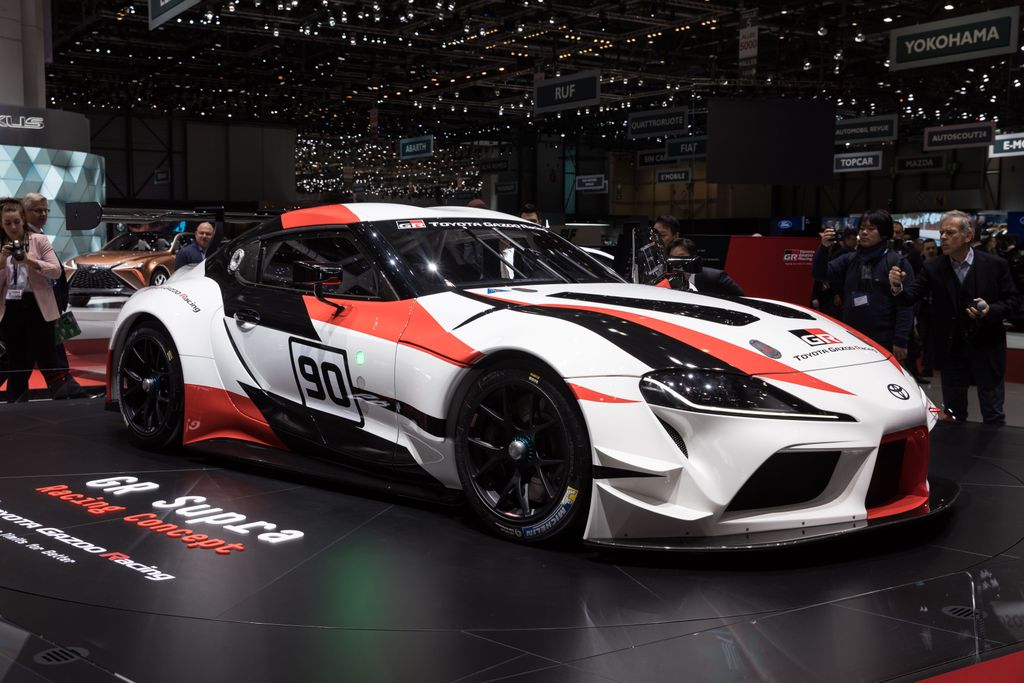
12. **Symmetrical AWD Against the Competition: A Comparative Look**In a crowded automotive landscape where nearly every major automaker offers an all-wheel-drive solution, Subaru’s Symmetrical AWD consistently stands out. While competitors like Mercedes-Benz with their 4MATIC, Audi with Quattro, and BMW with xDrive all aim to improve traction and stability, Subaru’s approach is fundamentally different. Unlike many systems that are often adapted from existing front-wheel-drive platforms with transverse-mounted engines, Subaru’s SAWD is engineered from the ground up, with the boxer engine positioned longitudinally along the vehicle’s centerline, creating inherent symmetry.
This distinction is crucial because it allows Subaru to design its vehicles around four-wheel-drive capabilities from the outset, rather than simply transferring torque to simulate AWD. Other manufacturers offer diverse functionalities; for instance, Audi employs complex electronic systems for on-the-fly traction adjustments, while Ford’s versions can divert 100% of power to either the front or rear. Acura, in its SH-AWD, focuses on stabilizing the driver’s intended direction with a maximum 70% power limit. Subaru’s consistent, balanced power delivery sets it apart from these often asymmetrical systems that may prioritize power to certain wheels.
Understanding the differences between AWD and traditional 4WD is also key. While 4WD systems are typically designed for more severe off-road challenges, often with lockable power distribution, AWD systems like Subaru’s are optimized for variable power distribution to enhance traction across both on-road and mild off-road scenarios. Subaru’s full-time engagement further differentiates it from many on-demand AWD systems that only activate once traction loss is detected, ensuring a proactive and uninterrupted power flow that prevents slippage before it begins, rather than merely reacting to it.
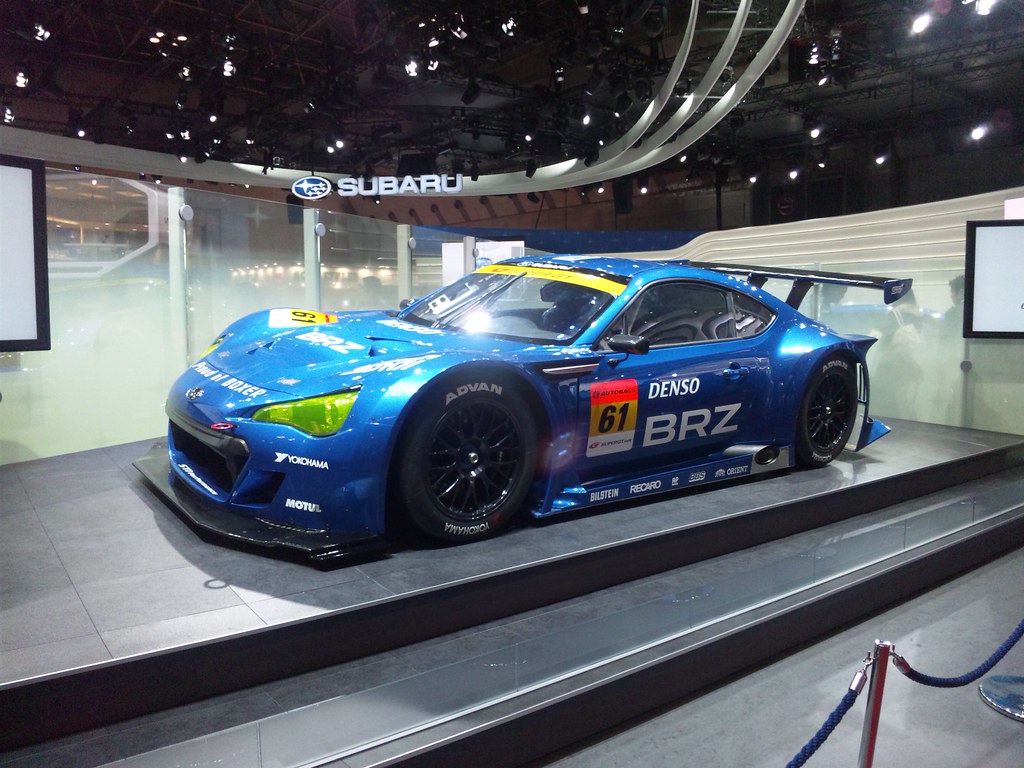
13. **SAWD in Today’s Lineup: Which Models Carry the Legacy?**Subaru’s Symmetrical All-Wheel Drive system has become so synonymous with the brand that it dominates nearly its entire modern lineup. Drivers looking for a new Subaru can expect SAWD to be a standard feature on almost every model they encounter. This includes popular vehicles like the Crosstrek, Forester, Outback, and Ascent, which are widely recognized for their versatility and capability in diverse conditions. The Impreza, Legacy, and WRX also benefit from this foundational technology, enhancing their respective performance and handling characteristics. Even the all-electric Solterra integrates a form of AWD, albeit the electronic variant, showing Subaru’s commitment to this core principle across its evolving range.
There is, however, one notable exception to this widespread integration: the Subaru BRZ. This rear-wheel-drive coupe stands alone in the Subaru family, offering no Symmetrical AWD options across any of its available trims. The reason for this divergence lies in its shared platform with the Toyota 86 and the now-discontinued Scion FR-S. These partner brands do not rely as heavily on AWD as a central component of their identity, influencing the BRZ’s design as a lightweight, nimble sports car focused on rear-wheel-drive dynamics.
Despite the BRZ being an outlier, Symmetrical AWD remains an indelible part of Subaru’s brand identity. It underscores their commitment to delivering vehicles with enhanced safety, control, and adventurous capability, attributes that have cultivated a deeply loyal customer base. Whether navigating city streets or tackling unpaved trails, the presence of SAWD across the vast majority of Subaru models ensures a consistent promise of reliable performance.
Car Model Information: 2022 Subaru Forester Limited
Name: Subaru Forester
Manufacturer: Subaru
Production: 1997–present
Class: Compact crossover SUV
BodyStyle: SUV
Related: Subaru Impreza
Layout: Front-engine, all-wheel drive
Predecessor: Subaru Bighorn
Categories: 2000s cars, 2010s cars, All-wheel-drive vehicles, All Wikipedia articles written in American English, All articles containing potentially dated statements
Summary: The Subaru Forester (Japanese: スバル・フォレスター, Hepburn: Subaru Foresutā) is a compact crossover SUV that has been manufactured by Subaru since 1997. The first generation was built on the platform of the Impreza in the style of a taller station wagon, a style that continued to the second generation, while the third-generation model onwards moved towards a crossover SUV design. A performance model was available for the second-generation Forester in Japan as the Forester STi.
Get more information about: Subaru Forester
Buying a high-performing used car >>>
Brand: Subaru Model: Forester
Price: $27,991 Mileage: 50,169 mi.
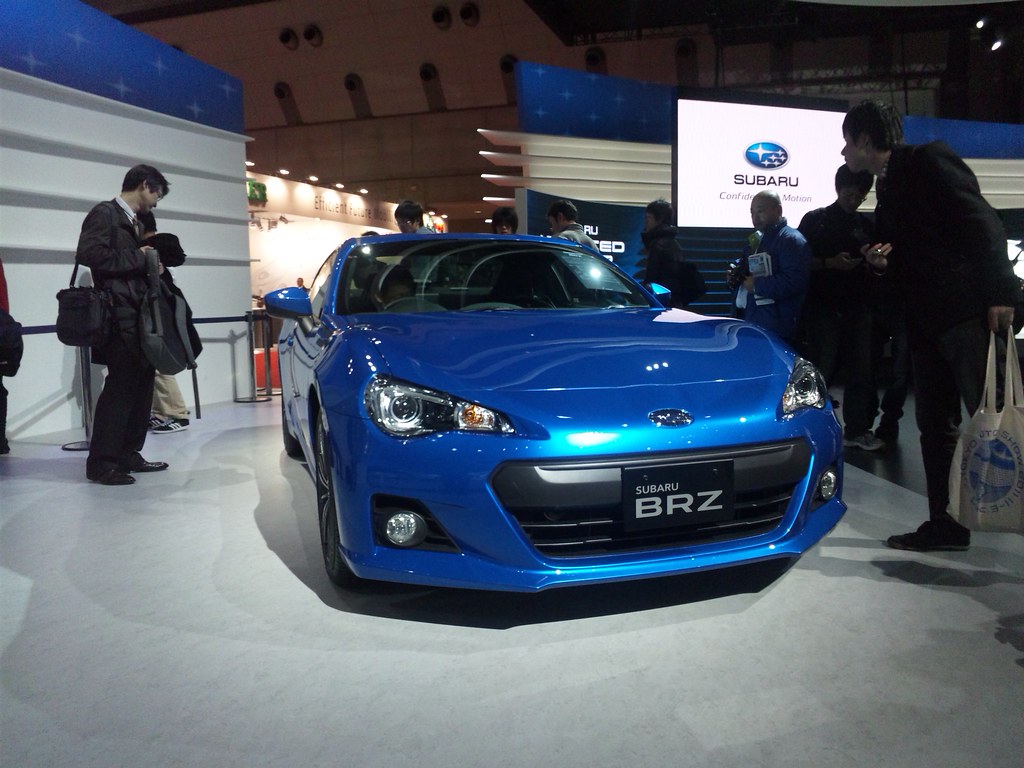
14. **The Consumer Impact: Value, Efficiency, and Upkeep**For consumers considering a Subaru with Symmetrical All-Wheel Drive, evaluating its broader impact on ownership is crucial. One of the most frequently discussed aspects is fuel efficiency. It’s important to acknowledge that AWD vehicles, including those with Symmetrical AWD, generally exhibit lower fuel economy compared to their two-wheel-drive counterparts. This is primarily due to the added weight of the AWD components and the energy required to continuously power all four wheels, factors that contribute to a slightly higher operational cost at the pump.
Regarding maintenance and longevity, the Symmetrical AWD system’s complexity means it may incur higher maintenance expenses than simpler drivetrains. Regular inspections of the differentials, driveshafts, and adherence to manufacturer-recommended fluid changes are vital for optimal performance. However, with diligent upkeep, Subaru’s AWD system is renowned for its durability and long-term reliability, ensuring that the initial investment in its advanced engineering pays dividends in sustained performance over many years.
Ultimately, the decision often boils down to a cost-versus-value proposition. Vehicles equipped with Symmetrical AWD typically have a higher initial purchase price than comparable two-wheel-drive models. Yet, this investment secures a system celebrated for enhanced traction, superior handling, and increased safety, especially under challenging weather conditions. Moreover, vehicles equipped with AWD often command a higher resale value, potentially offsetting the initial cost and making the investment appealing over the long term for drivers who prioritize robust performance and dependability.
In an automotive world increasingly focused on versatility and safety, Subaru’s Symmetrical All-Wheel Drive continues to stand as a benchmark of engineering excellence. From its deep historical roots to its continuous evolution into the electric era, this system embodies a proactive approach to vehicle stability and control. It’s more than just a feature; it’s a design philosophy that delivers a secure and confident driving experience, ensuring that Subaru owners are well-equipped to face whatever the road, or lack thereof, might bring.


